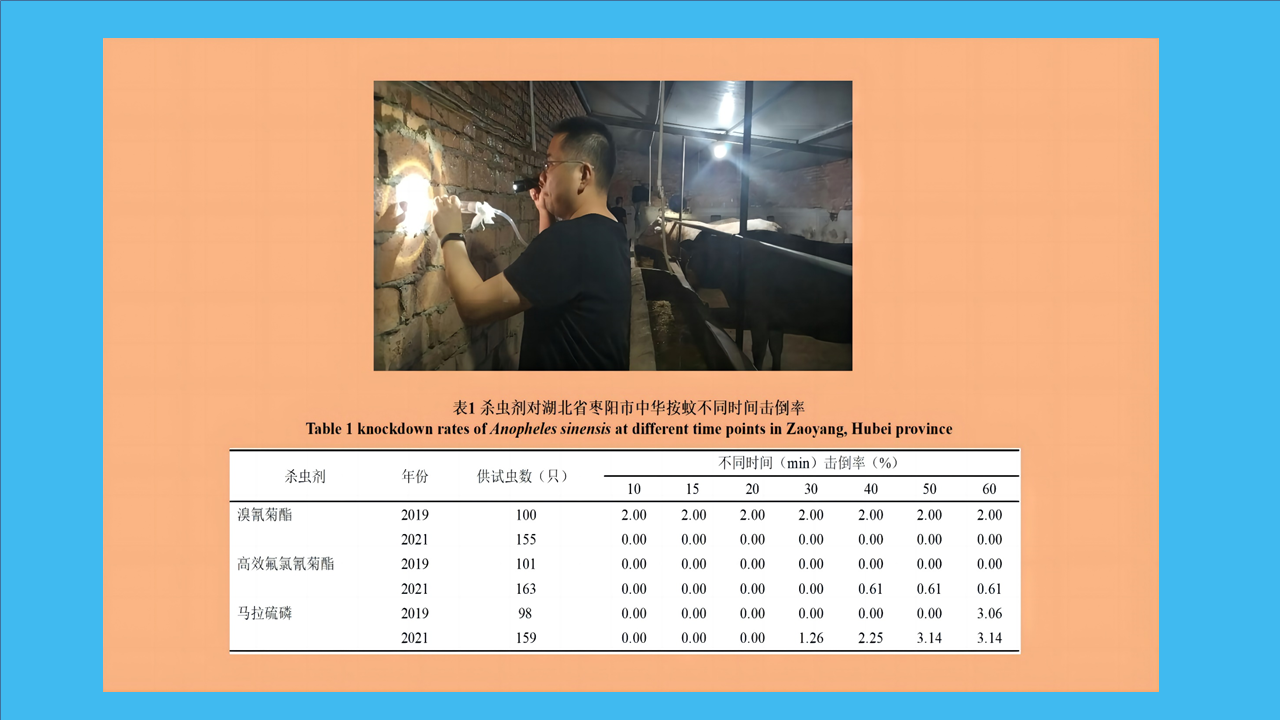 PDF(616 KB)
PDF(616 KB)


湖北省枣阳市中华按蚊对常用杀虫剂的敏感性调查
万伦, 张华勋, 夏菁, 吴冬妮, 张娟, 曹慕民, 朱红
中国媒介生物学及控制杂志 ›› 2023, Vol. 34 ›› Issue (2) : 222-226.
 PDF(616 KB)
PDF(616 KB)
 PDF(616 KB)
PDF(616 KB)
湖北省枣阳市中华按蚊对常用杀虫剂的敏感性调查
 ({{custom_author.role_cn}}), {{javascript:window.custom_author_cn_index++;}}
({{custom_author.role_cn}}), {{javascript:window.custom_author_cn_index++;}}Susceptibility of Anopheles sinensis to common insecticides in Zaoyang, Hubei province, China
 ({{custom_author.role_en}}), {{javascript:window.custom_author_en_index++;}}
({{custom_author.role_en}}), {{javascript:window.custom_author_en_index++;}}
| {{custom_ref.label}} |
{{custom_citation.content}}
{{custom_citation.annotation}}
|
/
| 〈 |
|
〉 |